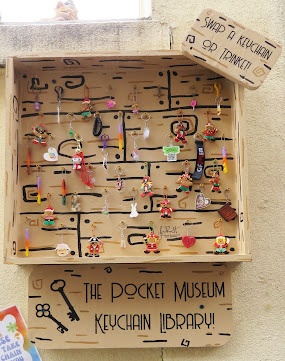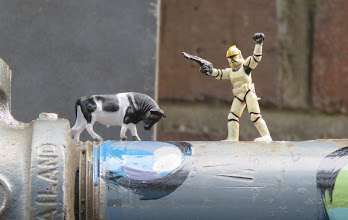Tuesday, December 31, 2024
Sandy Creek Campground
Monday, December 30, 2024
Jasper County Historical Museum
Saturday, December 28, 2024
Sam Forse Collins Recreation Area
The recreation area can be accessed by any size vehicle. Camping 31.16586, -93.57822
Thursday, December 26, 2024
Louisiana History Museum
The accessible entrance is in the rear of the museum. The museum is accessible.
RVs will fit in the on street parking. Museum 31.30912, -92.44465
Monday, December 23, 2024
Alexandria Museum of Art
RVs will fit in the free parking spaces on the 2nd Street side of the museum. Museum 31.31215, -92.44437
Saturday, December 21, 2024
Clear Springs Campground
The road to the campground splits with at about the 4 mile mark. The right road goes to sites 13-20 and the left road goes to sites 1-12. We took the right road and camped in site 21. This loop is hilly and some of the sites have steps to access the picnic tables and fire rings. Site 21 is fairly level even though the asphalt is in poor condition but there isn't room to deploy a lift. We were only staying for the night so it didn't matter but I recommend going to the left and camping in that area because the sites are level and roomy.
The website indicates that there are accessible sites and, although we did not see any designated as accessible, the sites on left road loop are usable. Campground 31.4289, -90.98589Friday, December 20, 2024
Hattiesburg Cultural Center
The parking lot is large enough for vans and short RVs. Longer RVs can be parked on Main Street about a block east of the museum. The sidewalk and curb cuts are in fair condition. Museum 31.32855, -89.29296





















































